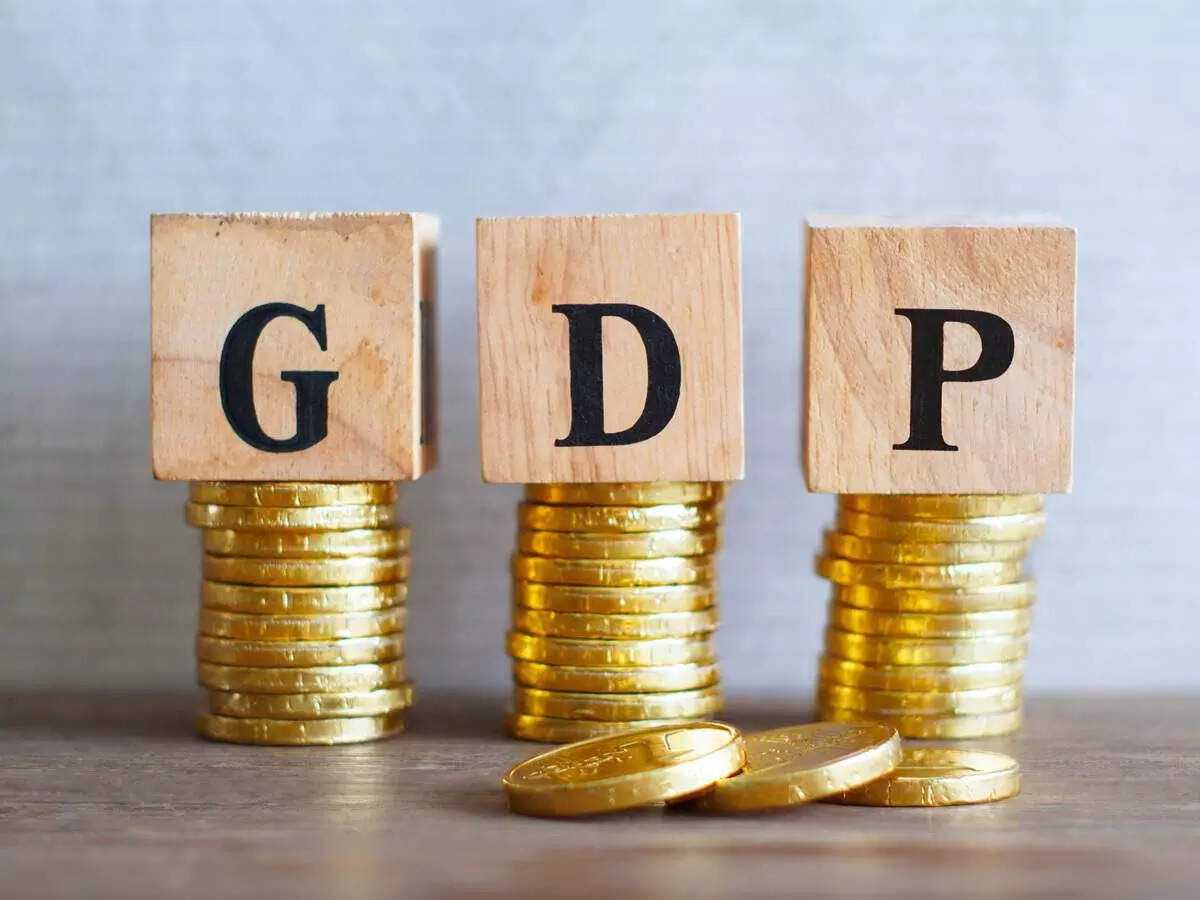
India’s GDP grew by 4.1% in the fourth quarter of FY22. Meanwhile, the overall growth recorded for the financial year 2021-22 stood at 8.7% as against the contraction of 6.6% in FY21.
The numbers have come down from the official second advance estimate of 8.9% released on February 28 owing to third-wave of Covid-19 and surging global prices.
The fluctuation in GDP numbers could be attributed to the impact of localised restrictions during the Omicron wave and high inflationary pressures hitting private consumption. The fears of the Omicron-led third wave resulted in disruption of economic recovery which was afoot.
Adding on to these worries are the concerns of early and excessive heatwaves in March, export bans by key producers, shortage of raw materials and supply-side disruptions. The agriculture and industry sectors suffered a lot, especially during the Q4 of the FY22, due to the above-mentioned factors.
ICRA’s chief economist, Aditi Nayar, had said that the services sector might grow at 5.4% due to increased demands witnessed this year. However, the agriculture and industry segments might suffer a dip this time.
Higher raw material cost has impacted margins of companies which poses a challenge to the recovery in private investment.
What lies ahead?
The soaring commodity prices owing to the ongoing Russia-Ukraine war (that started in late February this year) have taken a toll on peoples’ pockets. The retail inflation landed at an eight-year high of 7.79% in April 2022, breaching the upper limit of RBI’s tolerance band for the fourth consecutive month.
The pass-through of this inflationary pressure could hit private consumption which is one of the key drivers of the Indian economy.
Therefore, to curb the accelerating price rise situation, the Reserve Bank announced a rate hike of 40 bps in the repo rate making it 4.40%. RBI had revised the GDP growth rate to 7.2%, from 7.8%, in its April resolution for FY23 due to higher oil prices causing a threat to private consumption.
RBI governor Shaktikanta Das stated that more rate hikes could be witnessed in the coming months as the central bank is now focusing on removal of the accommodative stance gradually.